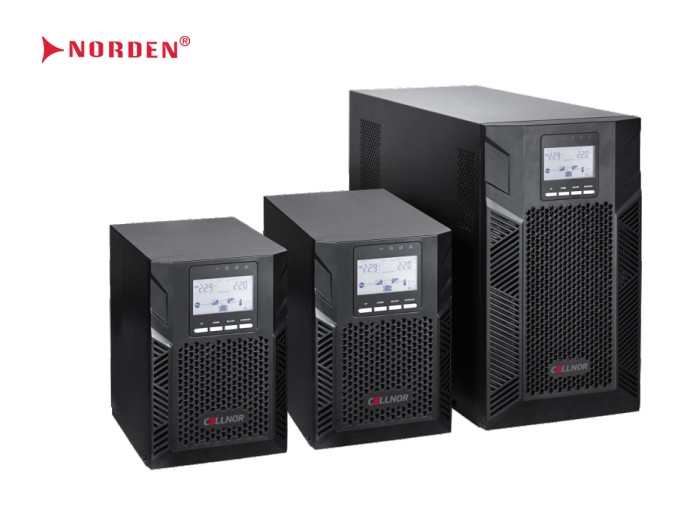Fill out your details and our executive will get in touch with you soon.













































































































































You can also read about, Importance of UPS systems for your business.

















